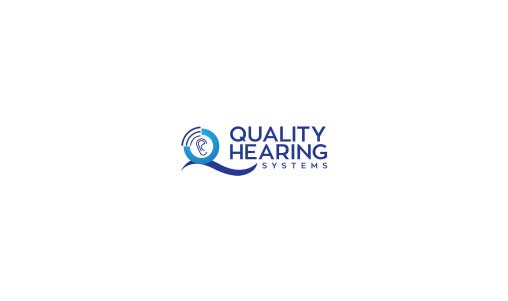You wouldn’t believe the amount of people who put themselves at risk every day for hearing damage. This is especially so when they play in a rock band, regularly attend concerts, or work in a loud environment.
However, regular everyday people can be exposed to loud levels of noise too: a power saw can reach 110 decibels, a newsprint press 97, a chain saw 120, a sporting show 105, and a jet plane takeoff 150. performers, factory workers, construction workers, airport staff, emergency workers, plumbers, and craftsmen are all at risk of developing major hearing loss and tinnitus.
85 decibels. That’s the sound level at which repeated exposure can result in significant hearing damage.
100 decibels. that is the noise degree reached by a rock show, which is not-so-good news for musicians or live concert goers.
It’s also a component of a larger problem: According to the Occupational Safety and Health Administration (OSHA), about 30 million people in the U.S. are exposed to detrimental sound volumes, representing one of the biggest occupational threats over the past 25 years.
Work-related hearing loss impacts thousands
Kevin Twigg of Stockport, England, worked on diagnosing and repairing police car sirens — which get to between 106 to 118 decibels — for more than 30 years.
After retirement, Twigg started to suffer intense tinnitus in addition to substantial hearing loss that obligated the usage of hearing aids. Having failed to take on the defensive measures that would decrease the noise levels, Twigg’s employer was found accountable in court, losing a case in which Twigg would obtain a considerable settlement.
This story is in line with the statistics: the Bureau of Labor Statistics says in 2009 there were about 21,000 cases of occupational hearing loss documented.
How to protect your ears at work
So here’s the problem: the world requires music players, craftsmen, and emergency and construction staff, but you can’t really make power saws and law enforcement sirens any quieter.
The remedy? minimize the level of noise that comes in through your ear. Simple, right? Well…not so fast.
You could simply travel to the neighborhood store and pick up some disposable foam ear plugs, but as it turns out, there is a much higher quality alternative.
The ideal method requires the use of custom-fit ear plugs, sometimes referred to as musicians plugs, that your hearing consultant can personalize specifically to you, your job, and your needs.
Schedule a consultation
Make an appointment with your doctor to get custom-fit ear plugs, particularly if your occupation exposes you to a high risk for hearing damage, or if you attend rowdy live shows or sporting events. Custom-fit ear plugs will protect your ears, and distinct from the disposable foam varieties, will also conserve the high quality of sound for your optimal health.
4 reasons why custom-fit ear plugs are superior than the off-the-shelf foam variety
Here are four reasons why custom-fit ear plugs are far superior to foam ear plugs.
1. Maintain sound quality
Regular foam ear plugs muffle speech and music. By limiting sound mainly in the high frequency range, rather than in the mid-to-low frequency range, music and voices sound unnatural and indecipherable. Foam ear plugs also minimize sound by 30-40 decibels, which is excessive for the prevention of hearing injury.
Custom-fit ear plugs will minimize sound more evenly across frequencies while lessening sound volume by a lower decibel level, thereby maintaining the all natural quality of speech and music.
2. Prevent “Occlusion Effect”
With foam ear plugs, the user will hear a booming sound in their voice when speaking, singing, or playing an musical instrument. This aggravating noise is referred as the “occlusion effect.”
Custom-fit ear plugs are shaped to the ear, generating a deep seal that helps prevent this distracting sound.
3. Eco-friendly
Disposable ear plugs create a lot of waste:
5 days per week X 52 weeks per year = 260 pairs of foam ear plugs thrown out every single year.
4. Price & convenience
Custom ear plugs can last up to four years, almost always at a price tag of well below $100.
Take a look at the cost for disposable foam plugs:
$3.99 for 10 pairs equals $0.39 per pair
$0.39 per pair X 5 days per week X 52 weeks per year X 4 years = $405.60
With custom-fit ear plugs, you will certainly save money in the long run and will prevent all of those visits to the store. No one looks forward to picking out ear plugs, so while the initial visit to the audiologist seems like a burden, in the long run you will also conserve time.
Visiting your audiologist will point you in the right direction for curbing hearing loss at work and at concerts.
 You wouldn’t believe the amount of people who put themselves at risk every day for hearing damage. This is especially so when they play in a rock band, regularly attend concerts, or work in a loud environment.
You wouldn’t believe the amount of people who put themselves at risk every day for hearing damage. This is especially so when they play in a rock band, regularly attend concerts, or work in a loud environment.